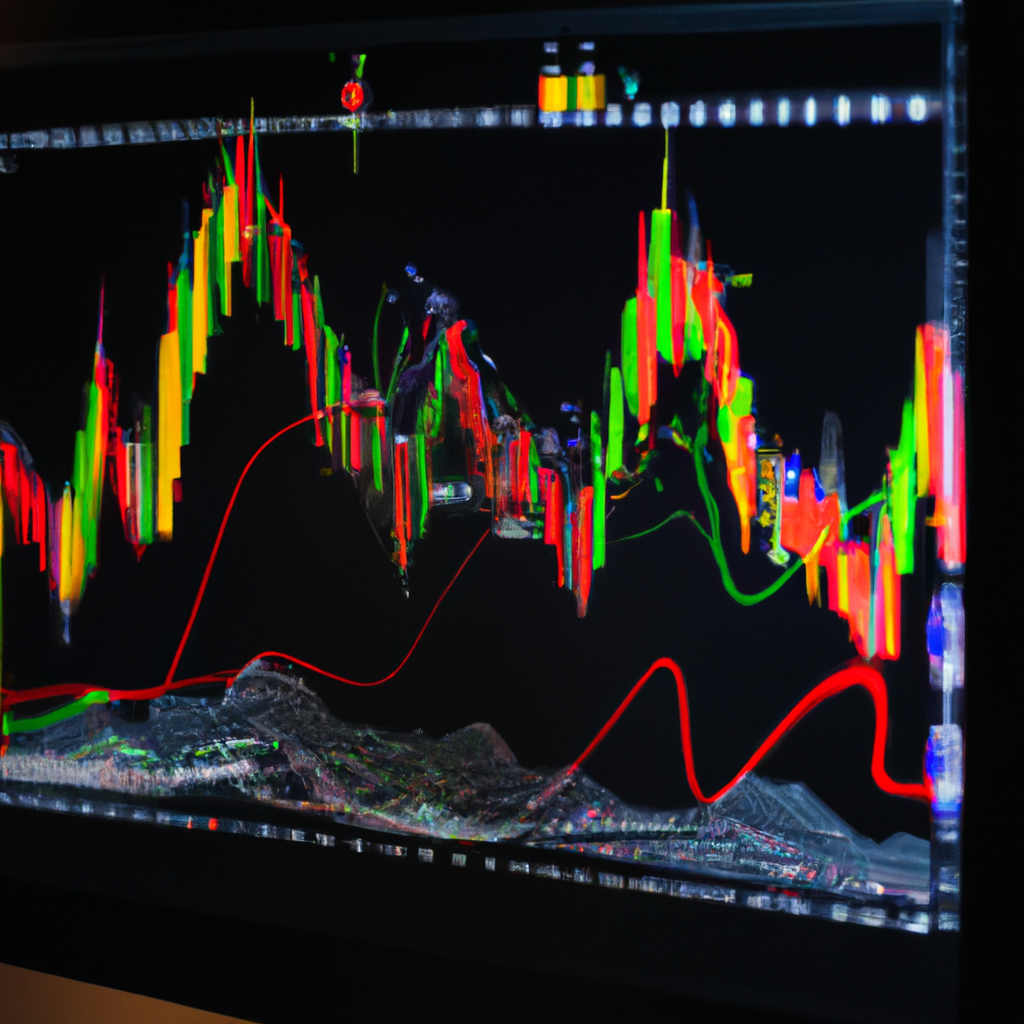
Using MACD for Trade Signals
The Moving Average Convergence Divergence (MACD) is a popular technical indicator used by traders to identify potential buy or sell signals in the financial markets. It is a versatile tool that can be used in various trading strategies to help traders make informed decisions. In this article, we will explore how you can use MACD for trade signals.
Understanding MACD
MACD is a trend-following momentum indicator that shows the relationship between two moving averages of an asset’s price. The indicator consists of three components:
- MACD Line: The MACD line is the difference between the 12-period Exponential Moving Average (EMA) and the 26-period EMA.
- Signal Line: The Signal line is a 9-period EMA of the MACD line.
- MACD Histogram: The MACD histogram represents the difference between the MACD line and the Signal line.
Using MACD for Trade Signals
Traders can use MACD for trade signals in various ways. Here are some common strategies:
- Crossover Signals: One of the most popular ways to use MACD is to look for crossovers between the MACD line and the Signal line. A bullish signal is generated when the MACD line crosses above the Signal line, indicating a potential buy opportunity. Conversely, a bearish signal is generated when the MACD line crosses below the Signal line, indicating a potential sell opportunity.
- Divergence Signals: Another way to use MACD is to look for divergences between the MACD line and the price of the asset. A bullish divergence occurs when the price makes a lower low, but the MACD line makes a higher low. This can signal a potential reversal to the upside. On the other hand, a bearish divergence occurs when the price makes a higher high, but the MACD line makes a lower high. This can signal a potential reversal to the downside.
- Overbought/Oversold Signals: Traders can also use MACD to identify overbought and oversold conditions in the market. When the MACD line moves significantly above the zero line, it may indicate that the asset is overbought and due for a pullback. Conversely, when the MACD line moves significantly below the zero line, it may indicate that the asset is oversold and due for a bounce.
Conclusion
MACD is a powerful tool that can help traders identify potential trade signals in the market. By understanding how to interpret MACD crossovers, divergences, and overbought/oversold conditions, traders can make more informed decisions and improve their trading performance. However, it is important to remember that no indicator is foolproof, and traders should use MACD in conjunction with other technical analysis tools to confirm trade signals.





